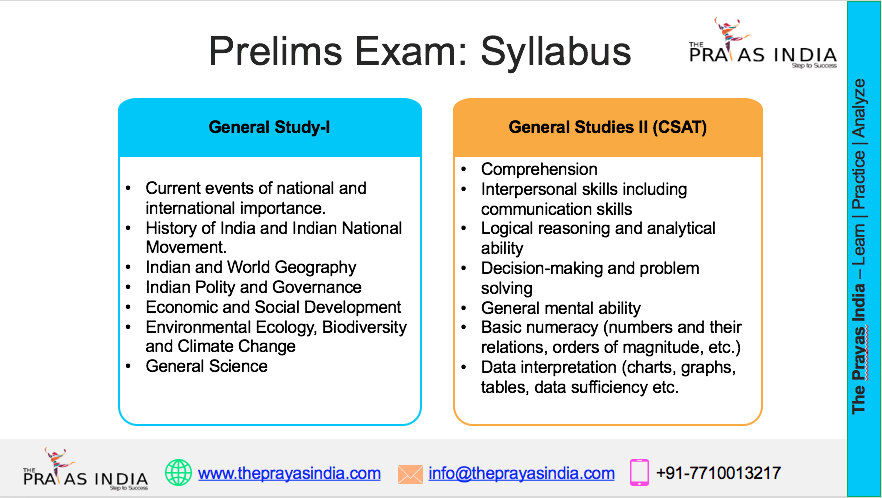NBWL Greenlights Major Expansion of Sundarbans Tiger Reserve: Matla, Raidighi, Ramganga Areas Integrated
The National Board for Wildlife (NBWL) has granted a landmark approval for the integration of the key riverine regions of Matla, Raidighi, and Ramganga with the iconic Sundarbans Tiger Reserve. This strategic move marks a significant step towards strengthening wildlife conservation, augmenting habitat connectivity, and enhancing the ecological resilience of the world’s largest mangrove ecosystem.
Why This Expansion Matters
The Sundarbans Tiger Reserve represents one of the most biodiverse and fragile habitats on the planet, home to the endangered Royal Bengal Tiger, estuarine crocodiles, a variety of reptiles, and hundreds of bird species. By incorporating Matla, Raidighi, and Ramganga regions—rich in mangrove cover and vital ecological corridors—authorities aim to:
- Increase tiger habitat and expand safe territory for the Bengal tigers, reducing human-wildlife conflict.
- Protect estuarine biodiversity by connecting disconnected wetlands and forest patches.
- Improve climate resilience by ensuring continuity of mangrove forests, which are essential buffers against cyclones and rising sea levels.
Key Features of the Expansion
-
The integration spans thousands of hectares, linking isolated mangrove blocks and reducing fragmentation.
-
River confluence zones and creeks, critical for aquatic and terrestrial life, will now receive stricter protection.
-
Coordinated patrolling and updated management plans will address poaching, illegal logging, and encroachment threats across the newly unified area.
Ecological and Socio-economic Impact
This move is expected to bolster the overall health of the Sundarbans delta, increase breeding grounds for tigers and other flagship species, and contribute to international commitments to biodiversity. It will also promote sustainable eco-tourism, create new jobs in forest management, and provide downstream benefits to local communities that depend on healthy mangrove systems for fisheries and storm protection.
Way Forward
Implementation will include joint monitoring plans between state forest departments and national agencies, community outreach, and the use of modern technologies such as camera traps and drones. Periodic review and active stakeholder engagement are crucial for balancing conservation priorities with local livelihoods.
The expansion of the Sundarbans Tiger Reserve through the NBWL’s approval sets a new gold standard for landscape-based wildlife conservation in India and ensures a safer, thriving future for its vulnerable denizens.




![Prayas-तेजस [UPSC CSE Sociology Optional] – Online & Offline](https://theprayasindia.com/wp-content/uploads/2025/09/Prayas-तेजस-UPSC-CSE-Optional-Subject-The-Prayas-India-300x300.png)
![Prayas-सूत्र [UPSC CSE Materials (Hardcopy)]](https://theprayasindia.com/wp-content/uploads/2025/09/Prayas-सूत्र-UPSC-CSE-Study-Materials-Hardcopy-The-Prayas-India-300x300.png)
![Prayas-मंत्रा [UPSC CSE CSAT]](https://theprayasindia.com/wp-content/uploads/2025/09/Prayas-मंत्रा-UPSC-CSE-CSAT-The-Prayas-India-300x300.png)
![Prayas सारथी [UPSC CSE One on One Mentorship]](https://theprayasindia.com/wp-content/uploads/2025/09/Prayas-सारथी-UPSC-CSE-One-on-One-Mentorship-The-Prayas-India-300x300.png)










